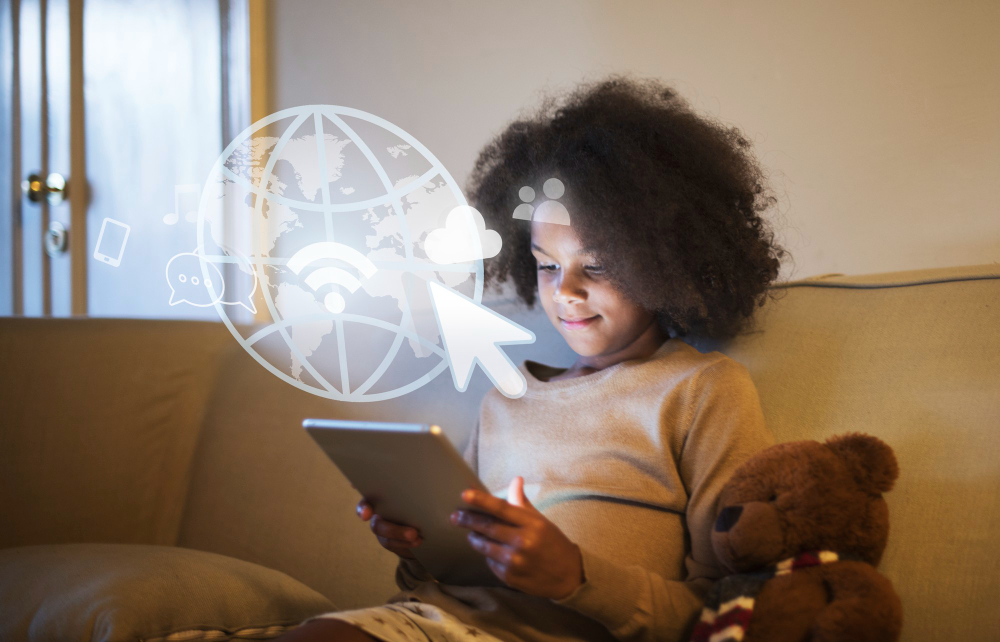info@sadi.co.ke
+254727368241
Introduction:
In today's digitally driven world, technology has permeated nearly every aspect of our lives, from communication and entertainment to work and home management. Connected living, the concept of seamlessly integrating technology into various aspects of our daily routines, has emerged as a trend that enhances convenience, efficiency, and overall well-being.
Key Elements of Connected Living
Smart Home Integration: Connected living transforms homes into intelligent hubs, utilizing smart devices to automate tasks, enhance security, and optimize energy consumption. Smart thermostats regulate temperature, smart lighting adjusts ambiance, and smart appliances streamline household chores.
Wearable Technology: Wearable devices like smartwatches and fitness trackers provide real-time insights into our health and fitness, monitoring heart rate, sleep patterns, and physical activity. This data empowers us to make informed lifestyle choices.
Voice-Activated Assistants: Virtual assistants like Siri, Alexa, and Google Assistant have become indispensable tools, allowing us to control devices, access information, and manage tasks hands-free.
Connected Entertainment: Streaming services, smart TVs, and voice-activated speakers provide a seamless entertainment experience, allowing us to access movies, music, and shows at our fingertips.
Connected Productivity: Connected living enhances productivity by streamlining work tasks and fostering collaboration. Cloud-based tools enable remote work, while productivity apps streamline project management and communication.
Benefits of Connected Living
Convenience and Efficiency: Connected living streamlines daily tasks, saving time and effort. Smart home automation, voice commands, and cloud-based tools simplify routine activities and enhance productivity.
Enhanced Health and Wellness: Wearable technology provides valuable insights into our health and fitness, enabling us to make informed lifestyle choices. Smart devices can monitor sleep patterns, nutrition, and physical activity, promoting healthier habits.
Personalized Experiences: Connected living tailors experiences to individual preferences. Smart devices learn our habits and preferences, adjusting settings and recommendations accordingly. Streaming services suggest content based on our viewing history, while smart home systems personalize lighting, temperature, and entertainment.
Increased Security and Safety: Connected living enhances security through smart locks, surveillance systems, and remote monitoring capabilities. Smart devices can detect and alert us to potential hazards, providing peace of mind and protection.
Connected Communities: Connected living fosters connections and collaboration. Smart home systems can facilitate communication and interaction within households, while social media platforms and virtual meeting tools connect us with friends, family, and colleagues worldwide.
Conclusion
Connected living is not merely about embracing technology; it's about leveraging technology to enhance our lives in meaningful ways. By integrating technology thoughtfully and responsibly, we can create a connected lifestyle that promotes convenience, efficiency, well-being, and meaningful connections. As technology continues to evolve, connected living will undoubtedly play an increasingly important role in shaping our future.
 November 28, 2023 - BY Admin
November 28, 2023 - BY Admin